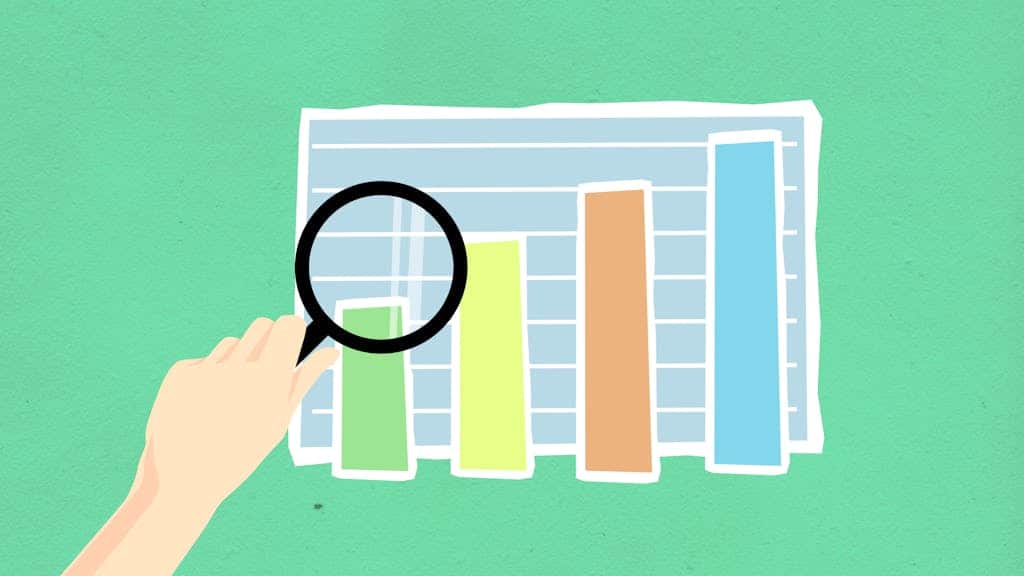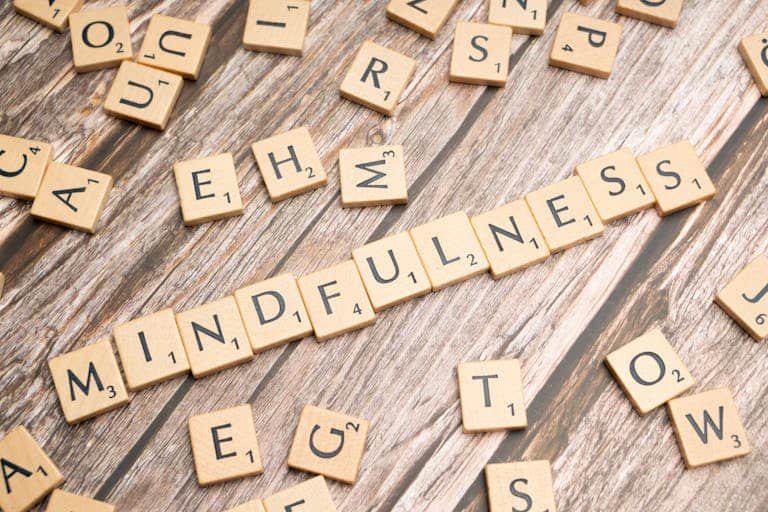Introduction
Hello, dear readers! Are you ready to take your life to the next level? If you’re reading this, you’re probably hungry for growth and change, much like I was at the beginning of my own journey. Crafting a personal development plan can be both an exciting and daunting task, but it’s one of the best investments you can make in yourself. Imagine having a roadmap tailored just for you, highlighting your strengths, passions, and aspirations. It’s like giving yourself permission to dream big and then equipping yourself with the tools to turn those dreams into reality. Did you know that individuals with a structured plan are over 40% more likely to achieve their personal goals? That’s the power of planning! In this guide, we’ll navigate the ins and outs of creating an effective personal development plan, helping you unlock your potential and seize the opportunities that await. Creating a personal development plan is your roadmap to success and fulfillment! With clear goals and actionable steps, you can transform challenges into stepping stones. Let’s dive into creating a plan that reflects your dreams and values.

Why You Need a Personal Development Plan
Let me be real with you: we all have dreams we want to achieve. It’s like staring at a map without a marked path—super exciting but equally daunting! I remember the first time I decided to put pen to paper with my personal goals. It was a mess! No direction, just a bunch of hopes and wishes. Fast forward a bit, and I realized the power a personal development plan holds. It’s not just about jotting down goals; it’s your ticket to transforming dreams into reality!
Think of a personal development plan as your life’s GPS. You wouldn’t embark on a road trip without a map, right? The same goes for life. Without a plan, you might find yourself going in circles, chasing the wrong things. Trust me, it’s not fun learning this the hard way! A well-thought-out plan forces you to analyze your strengths and weaknesses, a process that’s genuinely eye-opening. For instance, I once thought I could conquer my world of writing with sheer enthusiasm. Nope, turns out I needed structure and a realistic timeline—who knew?
Personal development plans are also amazing motivators. It’s like dating your awesome self—understanding what makes you tick. When you’re clear about what you want and why, obstacles don’t stand a chance. Editing my plan every couple of months (and yes, sometimes tearing it apart) offered perspective. I’d sit with a cup of coffee, reevaluate my priorities, and boom—fresh energy and motivation!
The emotional benefit? Freedom from unnecessary stress. Imagine knowing your priorities and being able to ditch the extra noise. It’s liberating! Sure, I’ve faced days where the weight of the world felt too real, and my plan seemed like just words on paper. In those moments, reaffirming my core goals and values helped realign my mindset. I’ve learned that challenges are just stepping stones to growth.
Now, here’s a practical tip: don’t be afraid to make changes. A personal development plan shouldn’t be a static document; life isn’t static, right? Maybe you discover new interests or encounter a shift in circumstances—that’s your cue to modify and adjust. My journey has had its fair share of detours, but that’s okay. Life’s messy, and so are our aspirations sometimes. Embrace it!
Having a personal development plan is like being your own coach. You’re in charge, and while that can seem scary, it’s also incredibly empowering. People often ask me, “Where do I start?” And I say, “Identify what lights you up and build around that.” Start small, be specific, and let your plan evolve with you.
Now, I’m curious, what’s one goal that would make it onto your personal development plan?
Key Components of a Personal Development Plan
Alright, let’s jump into the nuts and bolts of crafting a personal development plan. Trust me, this isn’t just about checklists and goals—this is your roadmap to becoming the best version of yourself! When I first started working on my personal development plan (PDP), I had no idea where to begin. I was juggling too many things at once and lacked direction. So, grabbing a cup of coffee and a notebook, I vowed to figure it out piece by piece. Here’s what I learned in that caffeine-fueled late-night setup.
First off, setting clear and effective goals is crucial. It’s like setting destinations on your map; without them, you’ll just be wandering. I remember initially setting goals like “be more productive”—it sounded good but was super vague. Over time, I realized goals need to be SMART: Specific, Measurable, Achievable, Relevant, and Time-bound. Switching from “be more productive” to “finish writing one article per week by the end of each Friday” made a world of difference in how I approached tasks.
Next, we have skill assessment. You’ve got to know what you’re working with, right? I once made the mistake of skipping this step and hit roadblocks when I realized I hadn’t pinpointed what skills I actually needed to improve. Create time to honestly assess your strengths and weaknesses. It can be as simple as jotting down what you think you’re good at and what you avoid like the plague. This insight becomes the compass guiding your growth journey.
Then there’s the action plan. Imagine this as your voyage of discovery! Break your goals into manageable steps. For me, developing an action plan was like building a Lego structure—one piece at a time. By focusing on daily or weekly tasks, I found it much easier to make progress without the overwhelming stress of trying to do it all at once.
Accountability is the secret sauce to making a PDP stick. Without it, you’re in danger of letting procrastination get the upper hand. I used to just tell myself I’d do something, and not surprisingly, life would happen, and things wouldn’t get done. Bringing in a friend or colleague as an accountability buddy changed everything. Sharing your commitments and getting gentle nudges or reminders can powerfully drive your follow-through.
Lastly, regular reviews are pure gold. They provide a pit stop to assess whether you’re on track or if different challenges have popped up along the way. Initially, I thought this was just for perfectionists, but having monthly check-ins allowed me to tweak my plans, celebrate progress, and address any setbacks.
So, if you’re serious about rocking your personal development journey, make sure these components are in place. Lean into the process, embrace moments of triumph, and yes, even screw-ups, and watch as you grow beyond what you thought possible.
How do you envision integrating these elements into your personal development plan?
How to Create Your Personal Development Plan
Alright, let’s roll up our sleeves and talk about building your personal development plan (PDP). Creating a PDP is like constructing a house—you need a solid foundation before you can build those dream rooms. When I first attempted this, it felt like diving into the deep end without a float. But with a bit of trial and error, I managed to swim back to shore. Here’s the lowdown on crafting a plan that actually works.
Start with a vision. Think of it as your north star, guiding every decision you make. I once made the rookie mistake of skipping this step. I was eager to jump straight into action, only to realize I had no idea where I was headed. Take some quiet time to imagine your ideal life. Let your mind wander. This vision doesn’t have to be perfect—it just has to get you excited.
Next up is goal setting. I’m sure you’ve heard about SMART goals, right? I can’t stress enough how essential these are. Back in the day, I set vague goals like “improve at work,” but the lack of specifics made it hard to actually achieve anything. Shift to targets like “complete two additional projects this quarter” and watch the magic happen. Goals should push you but also be within reach.
Time to assess your current state. I used to think this step was a downer, but boy, was I wrong! Knowing your starting point can reveal surprising strengths and hidden weaknesses. Grab a pen and make a simple list of what you’re good at and what needs work. This honest self-reflection is a game changer.
Your action plan is the roadmap to achievement. Break each goal down into bite-sized tasks. I found success by planning backward—start from your end goal and figure out what steps could get you there. A daily or weekly task list keeps overwhelm at bay and progress in sight.
Accountability is your best friend here. For the longest time, I kept my plans to myself, thinking I could just willpower through all of it. I quickly learned how flakey my resolve was without someone else in the loop. Share your goals with a buddy or mentor. You’d be surprised how much a simple, “Hey, did you do that thing?” can affect motivation.
Lastly, prioritize flexibility and review your PDP regularly. Life’s gonna throw curveballs—it’s just the way it is. I used to beat myself up when plans went awry, but now I see them as opportunities to realign my strategy. Monthly reviews allow you to adjust and celebrate wins, both big and small.
So, start building your personal development plan! Remember to be kind to yourself throughout the journey. How do you think you’ll approach creating your own PDP?
Overcoming Obstacles
Oh boy, if only the path of personal development were as straight and flat as a Kansas highway! Unfortunately, just like everyone else, I’ve faced my share of roadblocks that slowed down my progress. But I’ve learned over the years that it’s not about the obstacle itself but how you deal with it that truly matters.
Let me tell you about a time when I hit a wall hard. I was cruising through my self-improvement journey, feeling unstoppable, until I encountered a major setback at work. A project I had been working on for months was suddenly put on hold due to budget cuts. Talk about a gut punch! I instantly felt my motivation drain away like a leaky faucet. It took me a while to realize that setbacks are not dead ends, but detours meant to build resilience.
One crucial tip I picked up is the importance of a change in perspective. Instead of seeing obstacles as immovable boulders, try viewing them as stepping stones. When that work project halted, I channeled my efforts into learning new skills and collaborating with teammates on other projects. This shift in focus not only kept me productive but opened up unexpected opportunities down the road.
Now, let’s talk about self-doubt—a sneaky little obstacle that creeps in when you least expect it. It’s a psychological hurdle that we all face at some point. I remember during college, I signed up for a public speaking club, and wow, did the self-doubt hit me like a ton of bricks! I was petrified about speaking in front of people, worried about making a fool of myself. But each time, I pushed myself to take that microphone, my confidence grew a little stronger.
One of the most powerful tools in overcoming self-doubt is positive self-talk. Sounds cheesy, I know, but affirmations can do wonders. Start each day by telling yourself that you are capable and resilient. It might feel awkward at first, but it’s like planting a garden—the more you cultivate it, the more it grows.
Another pesky obstacle can be lack of clarity. This tends to pop up when you don’t have a defined plan or your goals are too vague. I can’t count the times I ambitiously set a goal without really understanding the steps I needed to take to achieve it. It’s like setting sail without a map. Now, I make sure to break down goals into smaller, actionable steps, making clarity my anchor in any stormy weather.
Alright, here’s the kicker—obstacles can be frustrating, no doubt. But they also teach us resilience and creativity in finding solutions. Next time you hit a rough patch, remember, these challenges sharpen your ability to adapt and innovate.
Have you encountered any specific hurdles in your journey? How have you managed to navigate through them?

Measuring Success and Celebrating Achievements
Hey there! So, if you’ve ever embarked on a journey of personal development—a real deep dive into bettering yourself—you’ll know that one of the most satisfying parts of this journey is measuring your success along the way and celebrating those achievements.
I remember when I first started building my personal development plan, I was all gung-ho about setting lofty goals like learning a new language or running a half-marathon. But, I gotta admit, it got overwhelming quickly. It wasn’t until I started breaking those goals into smaller, bite-sized pieces and regularly checking my progress that I felt a sense of accomplishment. Taking a moment to bask in your achievements, no matter how small, really lights a fire under you to keep pushing forward.
It’s like this: imagine climbing a mountain. If you keep staring up at the peak, it’ll feel like you’re never gonna get there. But when you pause, look back, and see how far you’ve climbed, that’s where the magic happens. The same goes for personal development. Those little check-ins and celebrations? They’re your fuel, your power-ups that keep you moving onward and upward. This, my friend, is the key to not losing momentum—patting yourself on the back when you deserve it!
Here’s a tip I learned the hard way: make your goals measurable. Instead of saying “I want to be a good writer,” set a goal like “I want to write 500 words every day for a month.” Specificity is your friend here. Then, track it—yep, get nerdy with spreadsheets if you must! Trackers are fantastic tools not just for basic accountability but for those ‘aha’ moments when you see your growth in black and white.
A major turning point for me was when I celebrated writing consistently every day for a month. It was a small party of one with a cupcake and confetti poppers. I laughed at myself, but it felt great and spurred me on to take on bigger challenges.
Another thing—reflect and revisit. Sometimes what you initially thought was an achievement may turn into an ongoing journey, and that’s totally okay. Personal development isn’t about ticking off boxes; it’s about evolving. Start a journal or a voice note that you can listen to later and smile at. It’s not only therapeutic but also a record of your milestones. You’ll appreciate it in hindsight, trust me!
I’d be lying if I said every goal I set was achieved (hello, startup business that failed spectacularly!). But here’s the rub: even in failure, there were lessons. Maybe I was overly ambitious or didn’t allocate enough time. Either way, these missteps became guideposts for future success.
That’s the real trick. Measure success not only by your wins but by what you learned from not achieving something. In celebrating achievements, don’t forget to align the toast to growth and learning as well. Got it?
Success in personal development is like a marathon, not a sprint, and you’re gonna need every ounce of motivation you can muster along the way. So, what’s a recent achievement you’re proud of?

Conclusion
Creating a personal development plan is a powerful way to align your actions with your life’s aspirations. So why wait? Start today, and embrace the journey ahead with confidence and clarity! Embarking on the journey of personal development is like embarking on an adventure where you are the protagonist. Your personal development plan is your trusted guide, helping you navigate the twists and turns along the way. By identifying what truly matters to you and setting clear, actionable goals, you can transform your aspirations into achievements. It’s essential to not only create this roadmap but to constantly revisit and refine it as you grow. Remember, this is a dynamic process that evolves with you. So, as you continue on this path, celebrate each success and learn from every misstep. This is your time to shine! What’s the next step in your personal development journey that excites you the most? Ready to begin crafting your unique path to success?






2 Comments
Comments are closed.